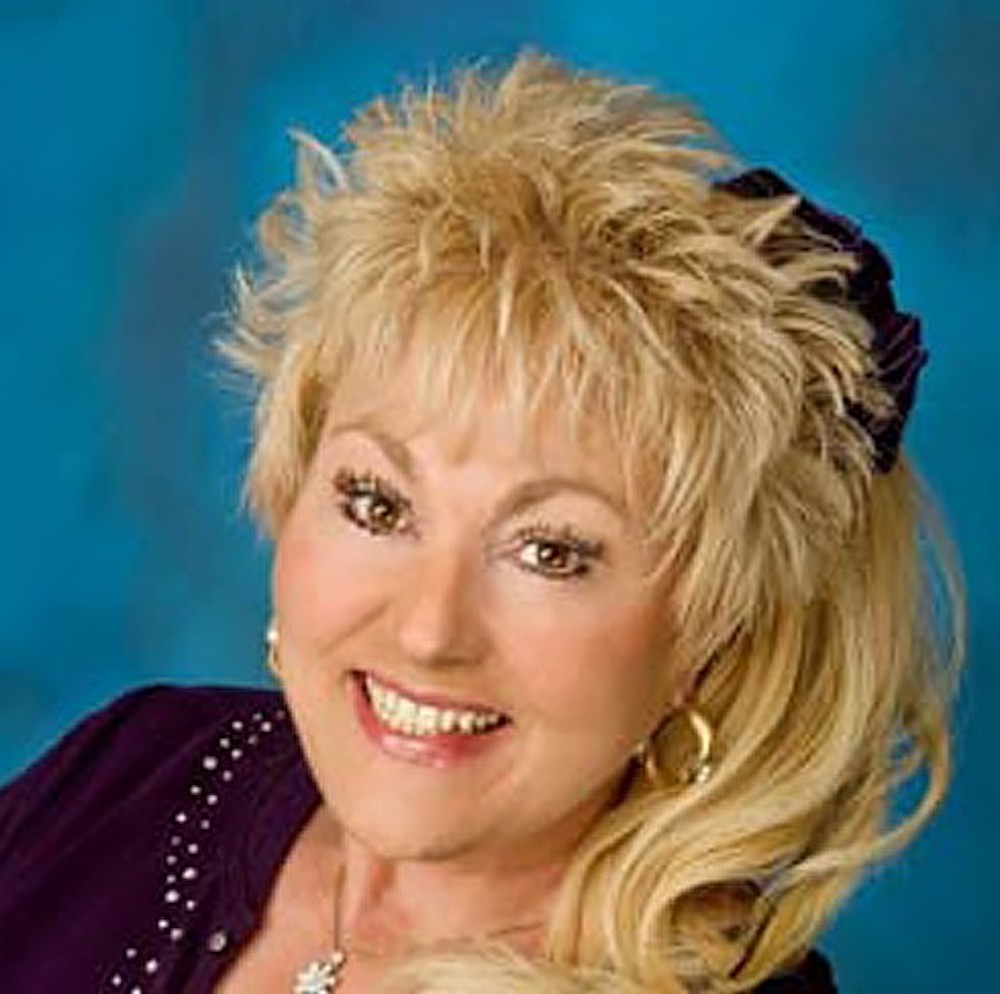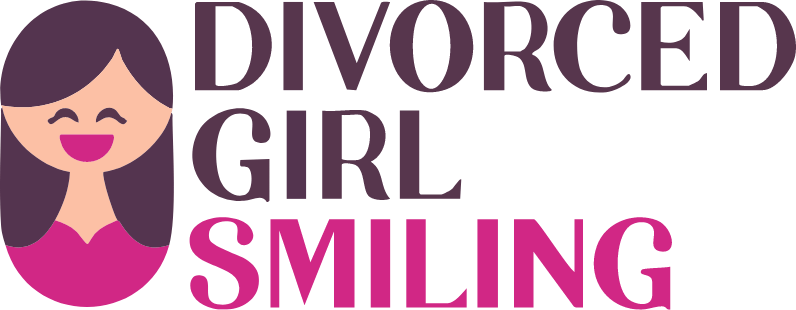
Jan Leasure, CDLP®
Mortgage Lender, Certified Divorce Lending Professional, Division President, Diamond Residential Mortgage Corp.
One of the first questions people getting divorced often have is, “Can I afford to stay in my home?” What I tell them is that one of your first phone calls when considering divorce or going through one should be to a mortgage lender. Why? Because a mortgage lender will review all of your financials and then tell you how much of a mortgage you can afford. So, in essence, a mortgage lender can answer that question.
A mortgage lender who is also a CDLP (Certified Divorce Lending Professional) is wonderful, because the person has been trained and certified to work in conjunction with your real estate agent (if you are buying a new home), your divorce mediator, financial advisor, and/or your divorce attorney to come up with options for you in regards to keeping your home, possibly buying a new home, or maybe even renting for a little while. It all depends on how the numbers shake out, and the wishes of you and your ex.
I am so proud to be partnering with mortgage lender and CDLP, Jan Leasure! Jan, who has been in the mortgage industry since 1996, is a division president for Diamond Residential Mortgage Corporation. Jan has a soft spot for first-time buyers, and that might mean you as a divorced person, buying a home and getting your first mortgage alone. She is a problem solver, who is committed to helping people through what might be a stressful time, and turning the experience into a positive and happy one!
About Jan
Jan Leasure, CDLP, is a mortgage lender and division president for Diamond Residential Mortgage Corporation. Early in her career, Jan received an award for her work on behalf of consumers by President Ronald Regan and the U.S. Office of Consumer Affairs. She was also nominated as Loan Officer of the Year by the Illinois Association of Mortgage Professionals several times. Prior to her career as a mortgage lender, Jan worked as a newspaper columnist, a junior high school teacher, and college professor! Learn more here or call Jan at: (847) 293-2111.











